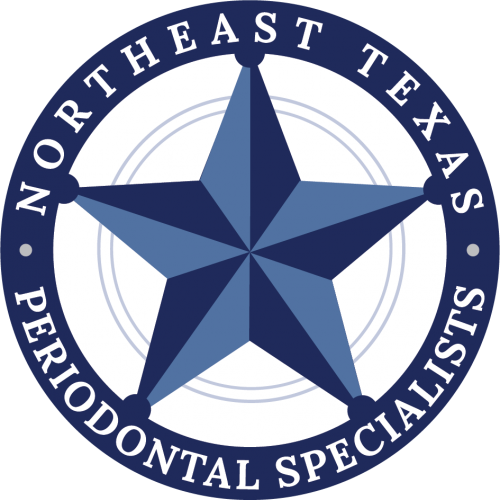Within the world of Dental Health, the gums are crucially important. Your gums provided a supportive structure to keep your teeth protected and in place. They also help to move blood within the mouth, to promote good health and hygiene. They are irreplaceable within the ecosystem of your dental health. However, gum disease is the most common cause of dental health disorders. For this reason, it is important to consider the use of revolutionary hygiene and repair technology. Here, we can investigate two of the top options to avoid extraction or replacement.
Both LAPIP and LANAP are revolutionary laser treatments in dentistry, but discerning their differences is crucial for understanding which one might be right for you. While both utilize laser technology to promote healing and address gum issues, they target different problems and cater to distinct situations. Let's delve into the world of lasers and their roles in saving your smile.
What is LAPIP?
LAPIP stands for Laser Assisted Peri-Implantitis Protocol. It's a minimally invasive treatment for peri-implantitis, an inflammatory condition affecting the gum tissue surrounding dental implants. This inflammation can compromise the implant's stability, leading to its potential loss. LAPIP uses a specialized laser to remove infected tissue, bacteria, and toxins around the implant while stimulating the growth of healthy tissue, promoting healing and potentially saving the implant.
What is LANAP?
LANAP stands for Laser Assisted New Attachment Procedure. It focuses on treating periodontitis, a severe form of gum disease that affects natural teeth. Similar to LAPIP, LANAP employs a laser to target infected tissue and bacteria around the teeth, preserving healthy tissue and promoting the regeneration of new bone and gum tissue attachment.
Key Differences:
Target:
* LAPIP: Dental implants affected by peri-implantitis.
* LANAP: Natural teeth affected by periodontitis.
Treatment Goal:
* LAPIP: Save failing dental implants and promote healthy tissue growth around them.
* LANAP: Regenerate bone and gum tissue around natural teeth to improve gum health and prevent tooth loss.
Procedure:
* LAPIP: Focuses on the implant site and surrounding gum tissue.
* LANAP: May involve treating multiple teeth and broader areas of the gum line.
Benefits:
* Both: Minimally invasive, faster healing, reduced discomfort, preserved healthy tissue, potential for improved outcomes compared to traditional surgery.
Which One is Right for You?
Only a qualified dentist can diagnose your specific condition and recommend the appropriate treatment. Here's a simplified guide:
* Dental implant with signs of peri-implantitis (bleeding, swelling, loose implant): Discuss LAPIP with your dentist.
* Natural teeth with periodontitis: LANAP might be an option.
Additional Considerations:
* Cost: Both treatments can be expensive and may not be covered by insurance.
* Availability: Not all dentists offer LAPIP or LANAP.
* Individual suitability: Your dentist will assess your medical history and condition to determine if either treatment is suitable for you.
Both LAPIP and LANAP represent significant advancements in dental care, offering minimally invasive solutions for gum disease and peri-implantitis. If you're facing gum issues, consulting your dentist is crucial for early diagnosis and treatment options. Understanding the differences between LAPIP and LANAP empowers you to participate actively in your dental care journey and make informed decisions about your smile's well-being. Remember, early intervention is key to successful treatment and preserving your precious smile.

